How To Get Fiberglass Out Of The Skin Safely And Effectively
These fine fibers can cause pain when they pierce your skin, so adequate precaution is warranted.

Image: ShutterStock
Even a brief exposure to fiberglass is harmful to the skin. So, how to get fiberglass out of your skin? It is essential to know the remedy as any delay can cause skin irritation and damage. Fiberglass exposure can lead to not just skin irritation but also long-term health issues if not addressed properly. Understanding the associated risks and knowing how to effectively remove fiberglass can help prevent further complications. Let’s look at what fiberglass is, why it is harmful, and preventive measures after it comes into direct contact with skin. Read on!

In This Article
What Is Fiberglass?
Fiberglass is a type of plastic reinforced with glass fibers. The glass fibers are either arranged randomly or woven into place to create a glass cloth. Fiberglass is popular due to its flexibility, easy availability, and strength. It is sturdier and more durable than most metals. Fiberglass is weather-resistant, lightweight, non-reactive, non-conductive, and easy to mold into any shape or size.
Key Takeaways
- Fiberglass is commonly used in roofing, pipes, and insulating materials.
- Fiberglass fragments can cause irritation and rashes, also known as fiberglass itch.
- Easy removal of a shard of fiberglass is possible with tape or tweezers.
Where Is Fiberglass Used?
Fiberglass has become an irreplaceable product in the aviation, boat-building, and automobile industries. It is useful in roofing, cladding, and making pipes and hot tubs. This versatile material is used for coating door surfaces and acts as a common insulator for homes. However, it is harmful for your health.
Why Is Exposure To Fiberglass Harmful?

Exposure of fiberglass on skin can be very harmful. The inhaled glass fibers can get trapped in the airways (1). Large fibers may restrict your upper airway, while smaller and finer ones can get inhaled deep into your lungs.
The defense mechanism of coughing and sneezing offers a degree of protection against these fibers. However, although the fibers in the upper airway can get cleared, the ones in your lungs will persist.
Here are the short-term and long-term effects of being exposed to fiberglass.
Short-Term Exposure
Direct contact or inhaling the fiberglass can cause skin irritation, itchiness, coughing, and sneezing.
It can trigger asthma in case of exposure to high concentrations of fiberglass fibers. Short-term exposure to this material may lead to fiberglass dermatitis (2).
Theresa, a blogger, shared her experience of fiberglass exposure and how her sister faced severe reactions due to it. She wrote, “ “Pillows!” my seven-year-old sister exclaimed, throwing herself on top of the pretty pink piles. And then she burst into tears when she started itching. My father hadn’t even turned on the water in the cabin yet, so she had to wait for a shower to wash the glass fibers off her skin. We had no washer or dryer, so my mother couldn’t wash her clothes. It took a couple of showers and a lot of skin lotion before my sister felt normal, and she complained of itching all weekend (i).”
 Quick Tip
Quick TipLong-Term Exposure
Long-term effects occur in people exposed to fiberglass due to their occupation. Anecdotal evidence suggests that fiberglass causes lung irritation and may trigger asthma and bronchitis-like conditions.
Why Does Fiberglass Burn Your Skin?
Most fibers are extremely fine and can easily penetrate your skin when you come in direct contact.
Instead of merely sticking to the surface, they enter the skin to cause irritation and rash. The pain caused by these splinters, also known as fiberglass itch, can be very troublesome.
These burning sensations are an indication of a severe skin injury if not attended to immediately. Therefore, it is best to take out the fiberglass in the skin, instead of allowing it to fester and form rashes.
Have you got fiberglass stuck in your skin? Don’t panic. Read on for a stepwise guide to safely remove it.
How To Safely Remove Fiberglass From Your Skin
Here are a few convenient home-based solutions to remove fiberglass from your skin:
1. Using A Tape
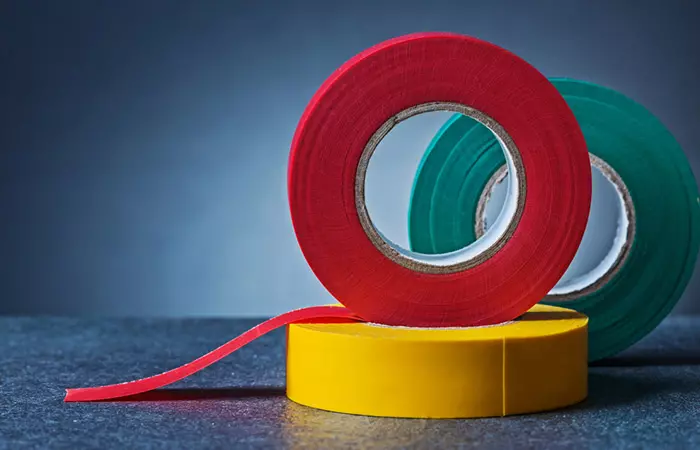
A dark colored tape is how to get fiberglass out of skin. It is one of the most efficient methods to get it out, just remember to clean your skin after using it.
You Will Need
- Dark-colored tape
- Flashlight
- Magnifying glass
- Mild soap
Directions
- Examine your skin surface with the magnifying glass and flashlight to understand the location of fiberglass splinters.
- Place the tape over the affected area and press firmly to ensure it gets stuck tightly.
- Once the splinters are adhered to the tape, gently peel off the tape.
- Re-examine your skin to check for the damage or any leftover splinters. You can gently rub your skin to feel for any sharpness.
- Repeat the procedure until you get them all.
- Cleanse your skin with a mild soap. And this is how to remove fiberglass from skin.
Note: Avoid placing tape on skin that is irritated, cut, or scratched, as it can make things worse and increase the possibility of infection.
2. Plucking Method
Plucking is a great method, if you are wondering how to get fiberglass out of your skin. It might pinch your skin but it takes out every little particle.
You Will Need
- A pair of tweezers
- Mild soap
Directions
- Wash your skin with mild soap and water to remove any surface fibers and dust. Avoid rubbing the area to prevent fiberglass splinters from entering deeper into your skin.
- Under bright light, pluck out fiberglass from your skin gently with the tweezers.
- Check with your fingertip for any residual fibers.
- Use mild soap to wash your skin.
Note:
This technique is effective only when the fiberglass splinters are close to the skin surface and visible to the naked eye.
3. Removing Fiberglass From Your Eyes

- Splash cold water to the eyes and let them drip dry in front of a fan.
Or
- Use a clean pulverizing bottle to splash cold water at a right angle to your eyes.
 Quick Tip
Quick TipYou can also use shaving cream to effectively remove fiberglass from your skin. Learn how in the next section.
How To Get Fiberglass Out Of The Skin With Shaving Cream
Shaving cream helps soften the skin and the embedded fiberglass so that you can easily remove it with tweezers.
You Will Need
- Shaving cream
- A soft, clean cloth
- Tweezers
Directions
- Rinse the affected area with cold water.
- Apply shaving cream generously.
- Gently massage the cream into the skin.
- Wait a few minutes to allow the skin and the embedded fiber to soften.
- Wipe away the shaving cream using a clean cloth.
- Use clean, sterilized tweezers to remove the protruding fiberglass.
- Wash the area with soap and water.
- Keep the area clean and monitor for any signs of infection.
Seek immediate medical attention if you notice any of the following signs.
When To Visit A Doctor
- Rashes around the affected region
- Severe itching and burning sensations
- Redness or inflammation
- Swelling or discoloration of the skin
- Scaliness and skin irritations
While some natural home remedies for skin itching can provide relief, it’s important to remember that if the issue persists, it’s better to seek professional medical help.
Fiberglass is all around you. It can easily pollute the environment during the manufacturing process or disposal. The next section discusses the potential sources of fiberglass exposure. Scroll down to know what they are.
How Can You Get Exposed To Fiberglass?

Any damage to the fiberglass materials can release sharp particles into the air. While the larger fibers may settle down, the finer ones become airborne like dust. You can then get exposed to these fiberglass pollutants by breathing, swallowing, or direct skin contact.
Occupational Exposure
Occupational exposure is a common occurrence among construction workers and repairing personnel. People who constantly handle fiberglass materials while installing or removing the insulations are most affected. However, you can also get exposed to the fibers during the manufacturing process.
Non-Occupational Exposure
Non-occupational exposure can occur within your homes, offices, or schools. When the fiberglass materials get damaged during installation or disposal, the fragments can enter the surrounding air. The best way to avoid such exposure is by leaving the insulation in your walls and ceilings undisturbed.
You can minimize the risk of fiberglass exposure by following these simple precautions.
How Can You Limit Exposure To Fiberglass?

- Wear loose garments that can offer full-body coverage while working with fiberglass.
- Use protective gear like gloves, closed-toe shoes, and eye gear to shield sensitive areas.
- Work in a well-ventilated room. This will help reduce the concentration of fiberglass in the air.
- Wash your hands after working with fiberglass.
- Shower immediately with cool water to help close pores and wash off any lingering fibers before they penetrate the skin.
- Wash your work clothes separately to prevent the transfer of fiberglass onto other clothes.
- Change your work clothes while interacting with your family.
- Do not leave your food and drinks open where there may be fiberglass in the air.
- Clean the floors using a vacuum with a HEPA filter to remove finer particles. Avoid sweeping fiberglass dust.
- Keep a mild soap and tweezers handy in a first aid kit.
- Try using materials that are free from fiberglass in your home and workplace to minimize the risk of exposure.
- Create a protective layer by applying a barrier cream to exposed areas. This will make it easier to remove any fibers that may settle on the skin.
- Avoid rubbing the skin if fibers come into contact with it, as this may push the particles deeper and make removal more difficult.
- Use tools rather than your bare hands to reduce direct touch and possible irritation.
Infographic: 3 Safe Ways To Remove Fiberglass From Skin
Whether you are working on a home project or had an accidental encounter with insulation, removing fiberglass pieces embedded in your skin is no easy task. Although this is a common mishap, it is important to handle the situation safely and effectively. The infographic below summarizes three simple techniques to remove those pesky fibers without irritating the skin. Check it out!
Some thing wrong with infographic shortcode. please verify shortcode syntaxFiberglass is a durable and lightweight plastic used in roofing and making pipes. Inhalation or direct contact with fiberglass may cause coughing, skin irritation, and sneezing. Anecdotal evidence suggests that long-term exposure to fiberglass may trigger lung irritation and asthma. Consult a doctor immediately if you experience skin irritation, swelling, redness, or itching around the affected area. Follow the step-by-step guide on how to get fiberglass out of your skin safely and effectively. Additionally, wash your hands after using fiberglass and follow safety precautions to limit exposure to fiberglass.
Frequently Asked Questions
Does vinegar dissolve fiberglass in the skin?
Yes, vinegar is a safe alternative that can help dissolve fiberglass. After taking a hot shower, you can rinse your body with diluted vinegar and wash it off with cold water to remove the smell.
Does apple cider vinegar dissolve fiberglass?
Yes, apple cider vinegar makes for a chemical-free alternative that can dissolve fiberglass particles from your clothes and body. You can wash your body with a diluted apple cider vinegar rinse to remove the particles.
How does Epsom salt remove fiberglass from the skin?
You can add Epsom salt to your bath water and wash your skin with this mix to remove the fiberglass particles effectively.
How long does fiberglass stay in your skin?
If not taken out, fiberglass can stay in your skin for a while. It could be a day or two. And can lead to infections or rashes.
Uh-oh, got fiberglass stuck in your skin? Don’t panic! Watch this video that shows effective methods and expert advice on safely removing fiberglass from your skin without causing further irritation or damage.
Personal Experience: Source
StyleCraze's articles are interwoven with authentic personal narratives that provide depth and resonance to our content. Below are the sources of the personal accounts referenced in this article.
i. Insulation – Then and Nowhttps://theresahuppauthor.com/blog/2013/05/01/insulation-then-and-now/
References
Articles on StyleCraze are backed by verified information from peer-reviewed and academic research papers, reputed organizations, research institutions, and medical associations to ensure accuracy and relevance. Read our editorial policy to learn more.
- Pulmonary effects of exposure to fine fibreglass: irregular opacities and small airways obstruction
https://www.ncbi.nlm.nih.gov/pmc/articles/PMC1012147/ - Fiberglass dermatitis: clinical presentations
https://pubmed.ncbi.nlm.nih.gov/30816574/
Read full bio of Dr. Sravya Tipirneni
Read full bio of Arshiya Syeda
Read full bio of Ramona Sinha
Read full bio of Monomita Chakraborty





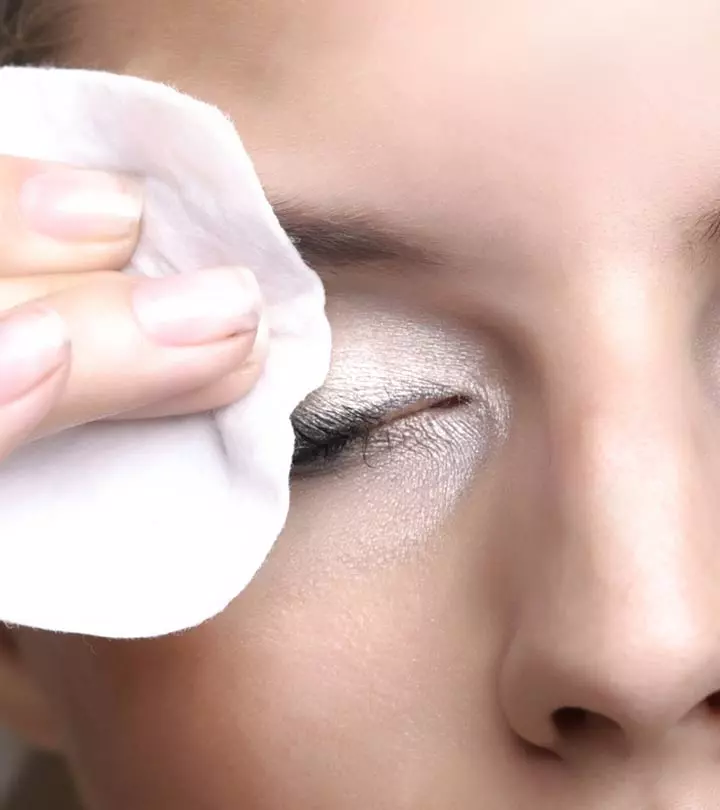


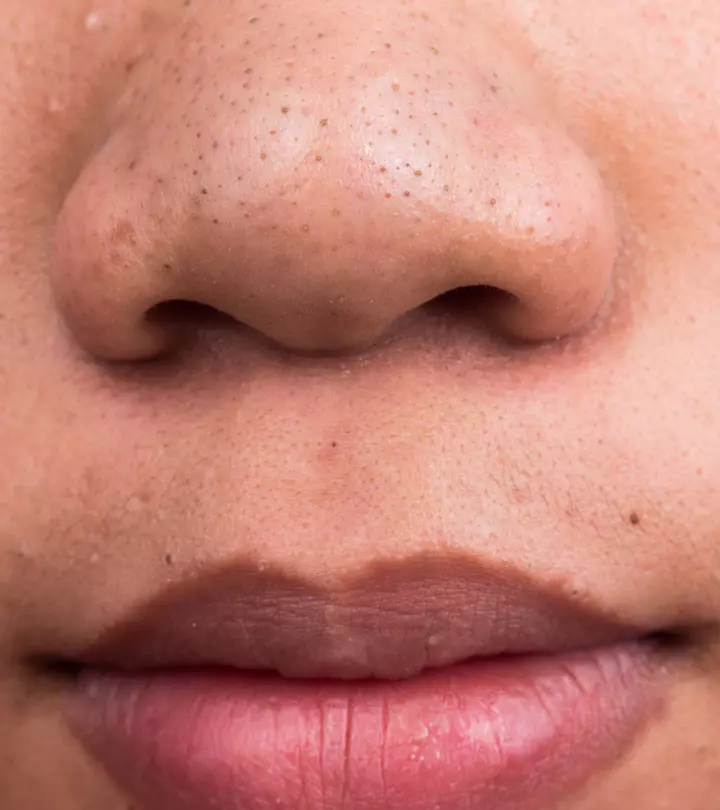








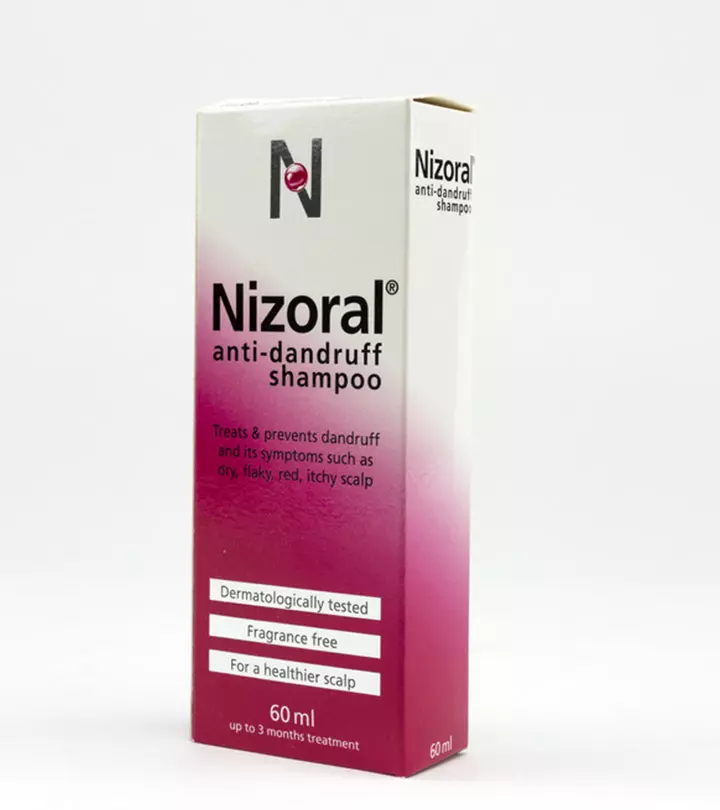



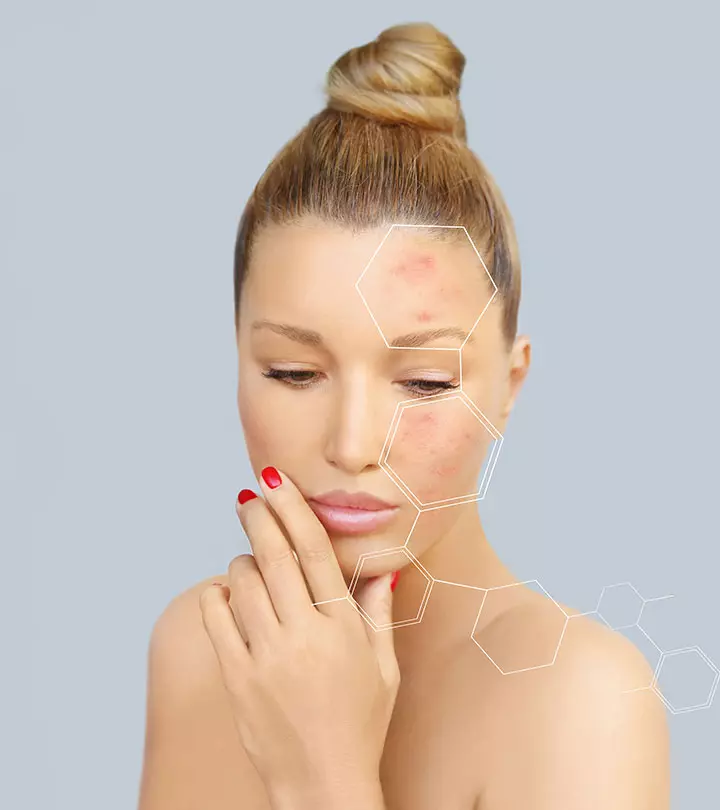




Community Experiences
Join the conversation and become a part of our empowering community! Share your stories, experiences, and insights to connect with other beauty, lifestyle, and health enthusiasts.